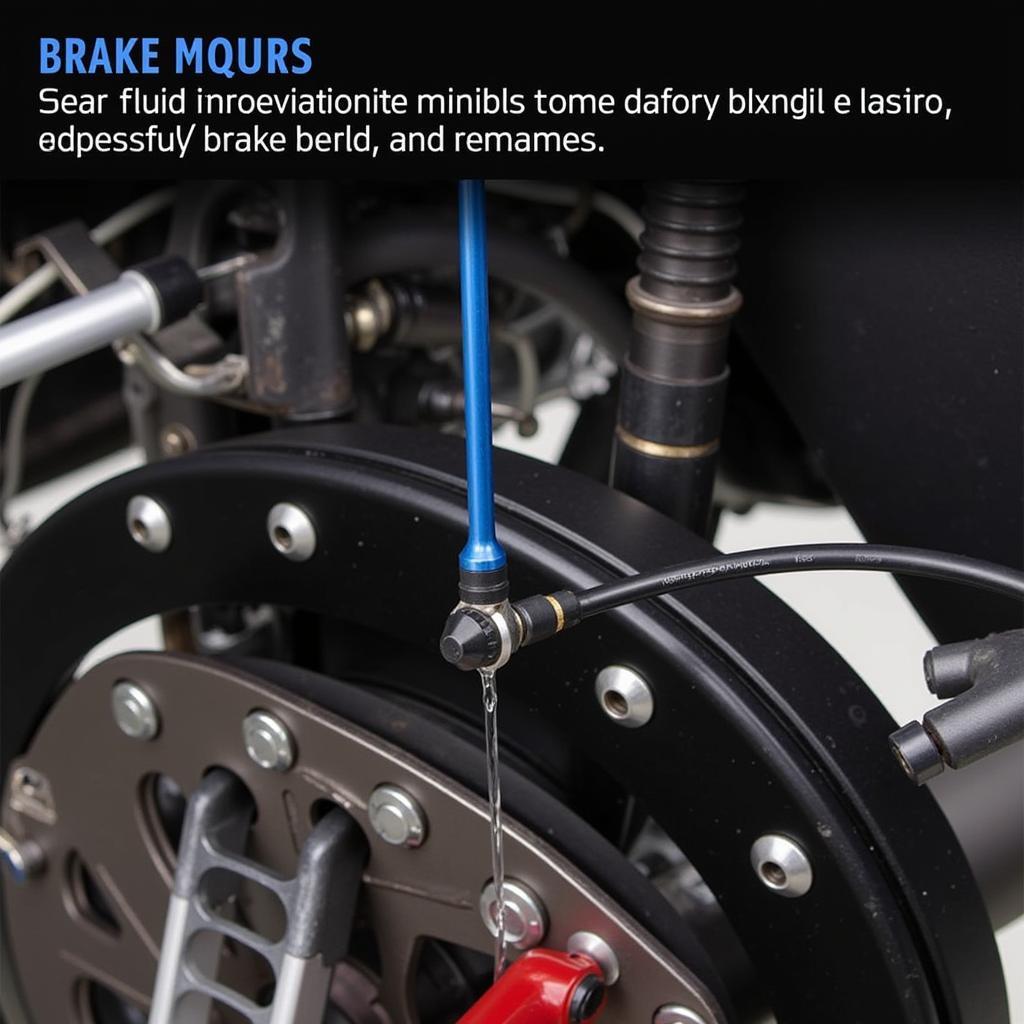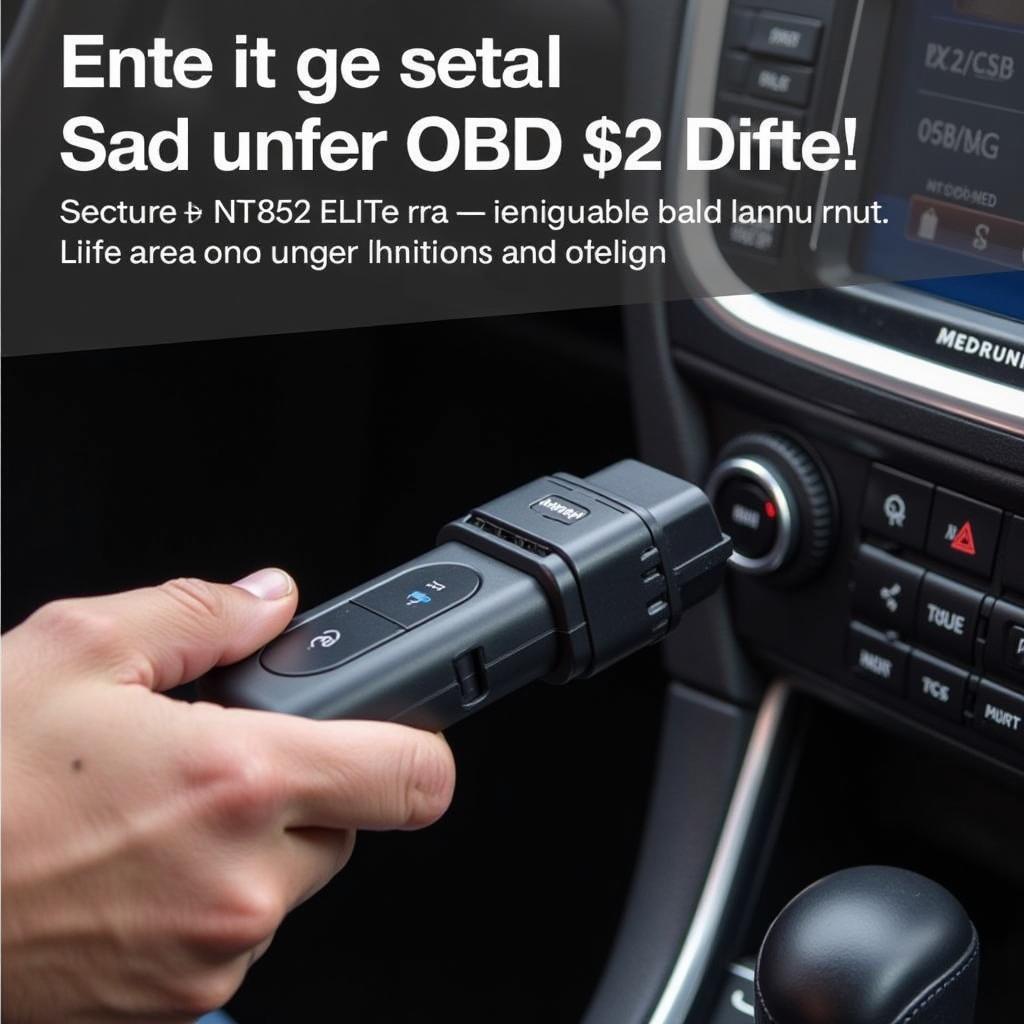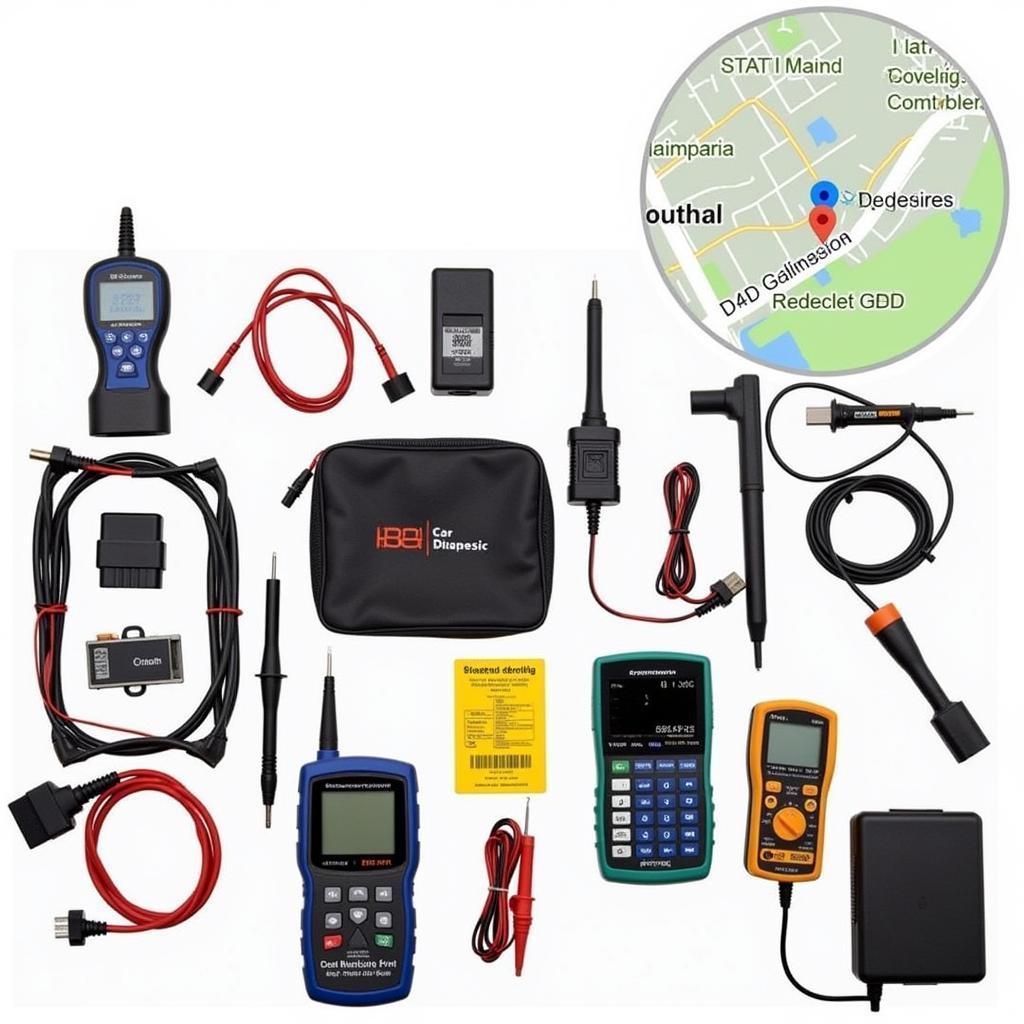Bleeding your brakes can seem daunting, but with the Foxwell NT630, the process becomes significantly easier and more efficient. This comprehensive guide will walk you through the steps involved in bleeding your brakes using the Foxwell NT630, equipping you with the knowledge and confidence to perform this essential maintenance task. This guide will be particularly helpful for those new to the Foxwell NT630 and the brake bleeding process.
Using a scan tool like the Foxwell NT630 for brake bleeding offers several advantages over traditional methods. It automates the process, reducing the need for a second person to pump the brake pedal. The NT630 also helps ensure a complete bleed, minimizing the risk of air remaining in the system, which can lead to a spongy brake pedal feel. You can find more information on how the Foxwell NT630 bleeds brakes at foxwell nt630 bleed brakes.
Understanding Brake Bleeding
Why is brake bleeding necessary? Over time, air can enter the brake lines, compromising braking performance. Bleeding the brakes removes this trapped air, restoring firmness and responsiveness to the brake pedal.
Signs Your Brakes Need Bleeding
Several symptoms indicate the need for brake bleeding:
- Spongy or soft brake pedal
- Brake pedal travels too far to the floor
- Reduced braking effectiveness
- Unusual noises from the brakes
Preparing for the Bleed
Before starting the bleeding process, gather the necessary tools and materials. This includes the Foxwell NT630, brake fluid (check your vehicle’s manual for the correct type), a clear container, a wrench that fits your bleed valve nipples, and a length of clear tubing. For a better understanding of which Foxwell scanner best suits your needs for auto bleeding, check out our resource on foxwell scanner with auto bleed.
Step-by-Step Guide to Bleeding Brakes with Foxwell NT630
Follow these steps to bleed your brakes using the Foxwell NT630:
- Connect the NT630: Plug the NT630 into your vehicle’s OBD-II port.
- Power On: Turn the ignition key to the “on” position without starting the engine.
- Select ABS Bleeding: Navigate through the NT630’s menu to the ABS bleeding function. Select your vehicle’s make and model.
- Follow On-Screen Instructions: The NT630 will guide you through the process, indicating which brake caliper to bleed first.
- Attach Tubing: Connect the clear tubing to the bleed valve nipple and place the other end in the container with brake fluid.
- Open Bleed Valve: Loosen the bleed valve nipple.
- Initiate Bleed: Start the automated bleeding process on the NT630.
- Monitor Fluid: Watch for air bubbles in the fluid exiting the bleed valve.
- Close Bleed Valve: Tighten the bleed valve nipple when the fluid runs clear and free of air bubbles.
- Repeat: Repeat steps 5-9 for each brake caliper, following the NT630’s instructions.
Best Practices and Tips
- Check Fluid Level: Regularly check and top off the brake fluid reservoir during the bleeding process to avoid introducing more air into the system.
- Bleed Sequence: Follow the correct bleeding sequence for your vehicle, as indicated by the NT630 or your vehicle’s service manual.
- Safety First: Always wear safety glasses and gloves when working with brake fluid.
“Proper brake bleeding is crucial for safety. Using a tool like the Foxwell NT630 ensures a thorough and efficient bleed, giving you peace of mind on the road,” advises Michael Davis, ASE Certified Master Technician.
 Bleeding Brakes with Foxwell NT630 – Clear Fluid Indication
Bleeding Brakes with Foxwell NT630 – Clear Fluid Indication
Troubleshooting Common Issues
- Spongy Pedal After Bleeding: If the brake pedal remains spongy after bleeding, there may be a leak in the brake system or a faulty master cylinder.
- NT630 Errors: Consult the NT630 user manual or contact Foxwell support for assistance with any error codes. If you have a 2014 Nissan Sentra, you might find this resource helpful: foxwell 2014 nissan sentra.
“Investing in a quality scan tool like the Foxwell NT630 not only simplifies brake bleeding but also allows for comprehensive diagnostics, saving you time and money in the long run,” says Susan Miller, Automotive Engineer.
If you’re working on a 2012 GMC Sierra, you might find this helpful: foxwell nt630 auto bleed 2012 gmc sierra.
Conclusion
Bleeding your brakes with the Foxwell NT630 simplifies a potentially complex task, ensuring your vehicle’s braking system performs optimally. By following the steps outlined in this guide, you can maintain your brakes effectively and enhance your driving safety. For further information or support, connect with us at ScanToolUS. Our contact information is: +1 (641) 206-8880 or 1615 S Laramie Ave, Cicero, IL 60804, USA. For details about the Foxwell NT630 Elite, visit obd2 scanner foxwell nt630 elite.



Pingback: Foxwell Glasses: Enhancing Automotive Diagnostics and Repair - Car Scan Tool